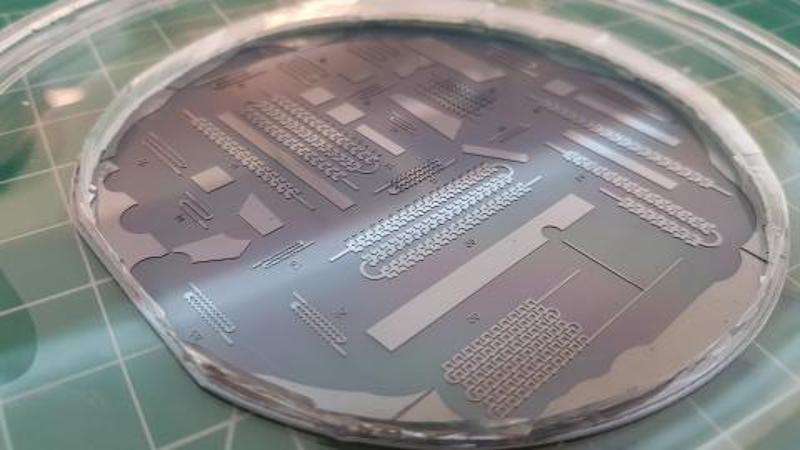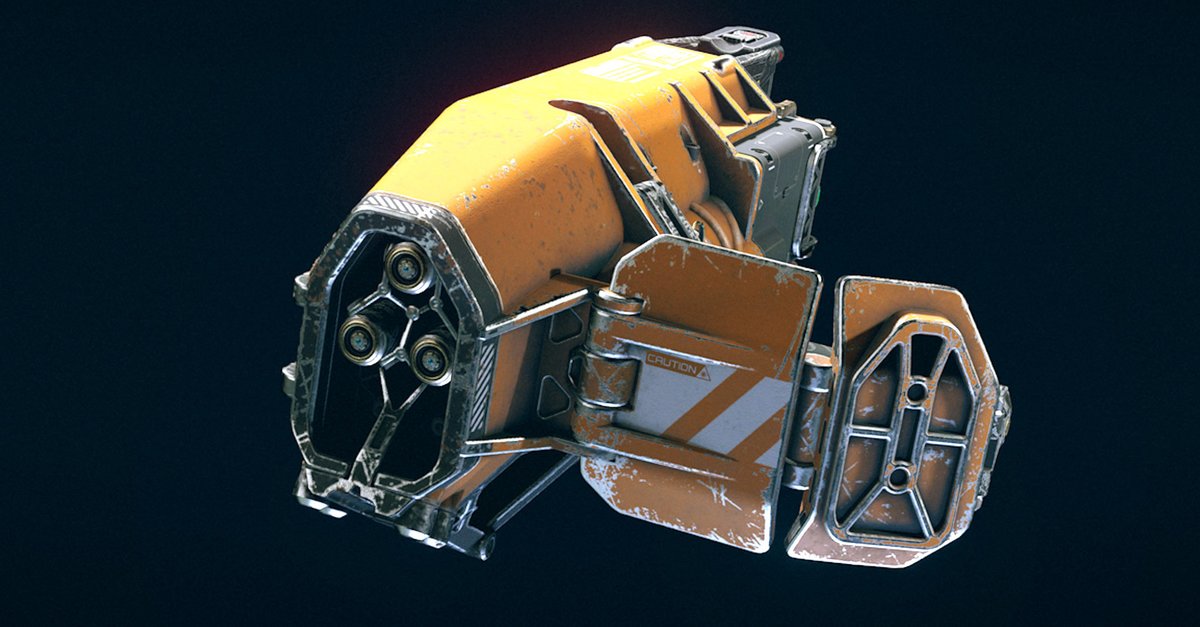This device could revolutionize the diagnosis of cancer
Researchers have developed a new device that can diagnose cancer cells using a blood sample. Above all, the system should spare patients unnecessary pain and revolutionize the diagnosis of cancer.
New and further developed technologies are now enabling breakthroughs in medicine. Researchers are finding better and better treatment methods, some of which no longer require invasive procedures. So also one Team from Sydney University of Technology. With their new device, cancer cells can be analyzed relatively easily within a blood sample.
So far, the diagnosis of cancer patients has been associated with sometimes complex interventions. For example, if there is a suspicion in the kidney or liver, a biopsy is often required to be completely sure. Tissue samples are taken from the organ, and the process is often painful for those affected.
Device for diagnosing cancer relies on research from the last century
A new device developed in Sydney could change that. Because the special thing about tumors is that they regularly release small amounts of cells into our bloodstream. The researchers’ instrument can recognize these cells and analyze them further. The team took advantage of a discovery from the 1920s.
At that time, Otto Warburg discovered that cancer cells consume large amounts of glucose and consequently produce large amounts of what is known as lactate. The researchers use fluorescent dyes to detect the acidic components in the blood. A device consists of 38,400 small chambers that count the number of metabolically active tumor cells. And just a blood sample is enough.
Cancer diagnosis: use on a large scale conceivable
In addition to the almost painless diagnosis for patients, the device provides another advantage: it can be used in all research laboratories and medical facilities. In addition, highly specialized doctors are no longer needed for the diagnosis – any medical staff can use the new technology.
This reduces the necessary waiting time for patients and can even save lives in some cases. At the same time, the general costs for a diagnosis are reduced. The research team filed a patent for the developed instrument and hopes to be able to market it on a commercial scale in the foreseeable future.
Also interesting:

![Those are the solutions [Anzeige]](https://www.basicthinking.de/blog/wp-content/uploads/2023/05/fachkraeftemangel-digitales-marketing-strategien-the-digitale.jpg)

